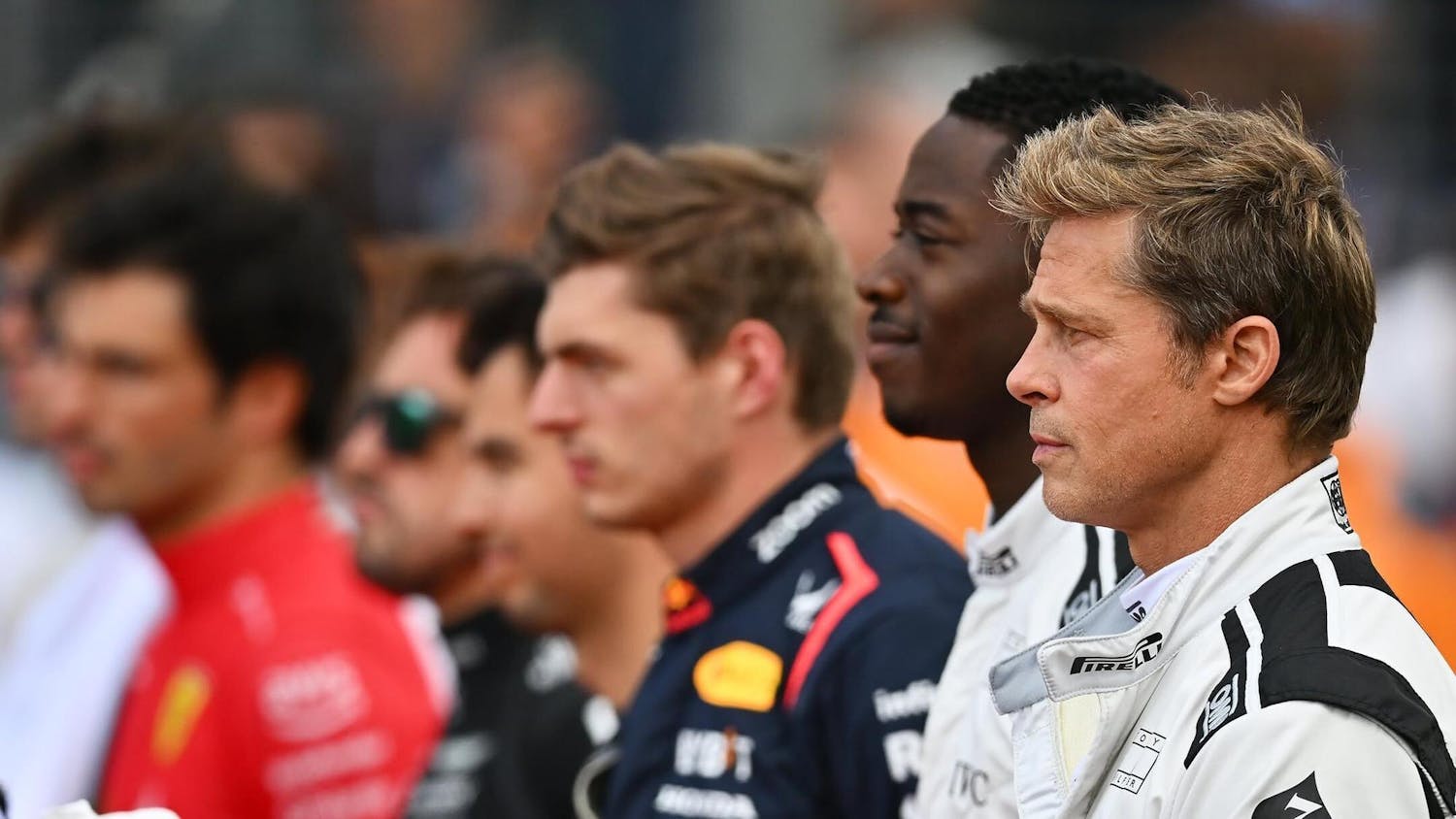The year was 1945 and the Allied forces had just learned of Japan's surrender; World War II was nearing an end. An anonymous sailor grabbed the first woman he saw, a pretty nurse, and tilted her back in a passionate, celebratory kiss. Alfred Eisenstaedt happened to be in Times Square that day and caught the spontaneous smooch on his camera.\nAn unknown immigrant woman rested with her chin in her hand. Her two dirty children cried onto her shoulders, but she stared blankly ahead. Worry lines etched her pretty face. Dorothea Lange caught her anxious expression. \nStreet photography is what the average observer can see on a daily basis, captured so that it comes to represent something more beautiful or moving. It becomes an art form because more people can see a moment that they might have otherwise missed. The anonymity of the subjects in the photographs is what makes them so powerful. The nameless can symbolize an ideal or a raw emotion. The photographers go out of their way to keep the shots candid and, therefore, authentic.\nAmerica's public places have always been fair game for photographers to practice their craft. It is not necessary to get a person's consent to take their picture when they are on publicly owned property, so long as the photographs are not used for commercial purposes, meaning advertising.\nPhilip-Lorca diCorcia took a series of shots in Times Square of random passers-by. He called his recent project, "Heads," and exhibited it at the Pace/MacGill Gallery in New York City. His intention was to make people look at the world a little bit differently and to make them realize how interesting strangers could be. He said he did not like how people absently pass each other on the street.\nIn the spirit of street photography, none of the subjects were named or identified in any way, but Erno Nussenzweig, an Orthodox Jew, recognized his image among the mix. In February, he tried to sue diCorcia, saying that the photograph violated his First Amendment right to practice his religion, which forbids the making of "graven images," including photographs, of its followers.\nHe asked for an injunction to stop the sale of the print and more than $1.5 million in damages. The case made it all the way to the New York Supreme Court, where it finally ruled that the photographer's right to free expression was more at stake. \nFrom what I understand, religions that don't allow their congregations to be photographed believe that the soul can be captured and stolen from film. In a way, their fears are well-founded. A street photographer's aim is to secure his or her subjects' souls in order to make a larger statement. \nThe photo of the soldier kissing the pretty nurse is not about the solitary couple. It is a representation of the relief that Americans felt at the end of the war. The photo of the immigrant woman is not a biography of her personal struggle, but rather, a depiction of the struggle that all immigrants faced. The photo of Nussenzweig is not a portrait of him, but a portrait of a random stranger on the street. \nAmerica allows photography in public places. Photographers capture poignant images for the world's observation. If you don't want your picture taken, don't leave your house.
Saying cheese on the street
Get stories like this in your inbox
Subscribe





